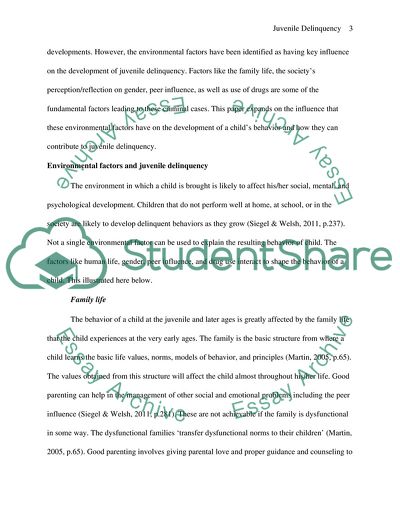Cite this document
(Environmental Factors' Development of a Childs Behavior Case Study, n.d.)
Environmental Factors' Development of a Childs Behavior Case Study. Retrieved from https://studentshare.org/sociology/1765549-environmental-views-of-juvenile-delinquency
Environmental Factors' Development of a Childs Behavior Case Study. Retrieved from https://studentshare.org/sociology/1765549-environmental-views-of-juvenile-delinquency
(Environmental Factors' Development of a Childs Behavior Case Study)
Environmental Factors' Development of a Childs Behavior Case Study. https://studentshare.org/sociology/1765549-environmental-views-of-juvenile-delinquency.
Environmental Factors' Development of a Childs Behavior Case Study. https://studentshare.org/sociology/1765549-environmental-views-of-juvenile-delinquency.
“Environmental Factors' Development of a Childs Behavior Case Study”. https://studentshare.org/sociology/1765549-environmental-views-of-juvenile-delinquency.


